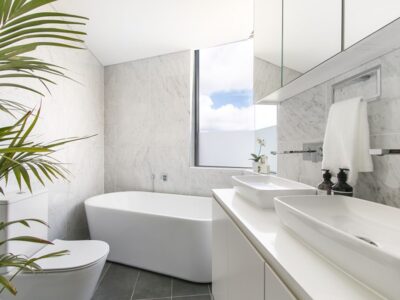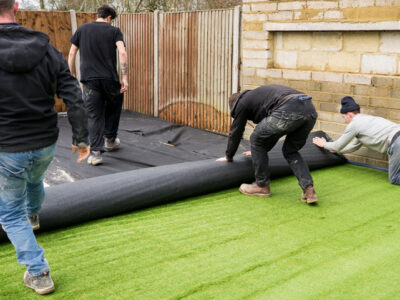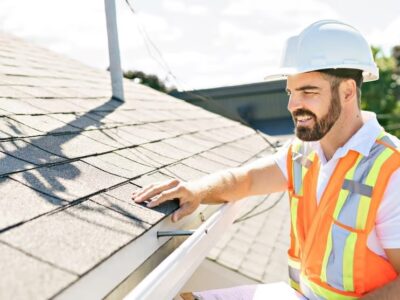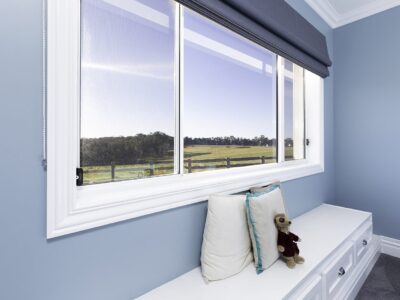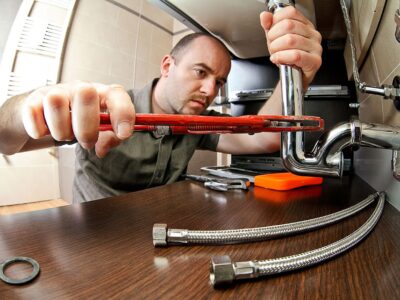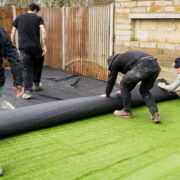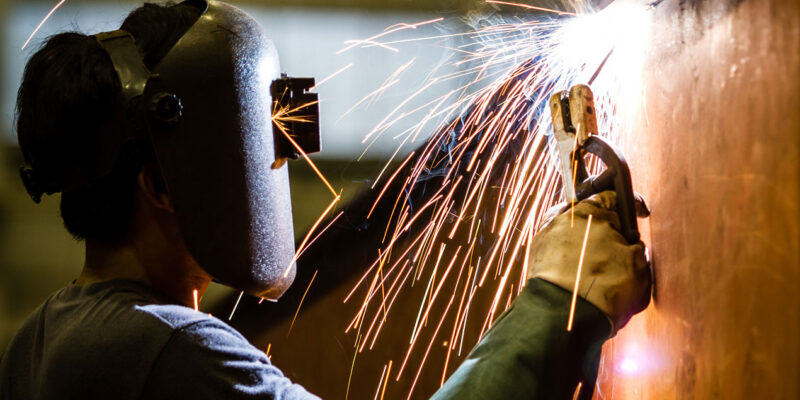
Welding is a heavy-duty operation that requires the right equipment and tools. Among these accessories are welding cables. Sometimes, the cable may be too short to handle your specific welding requirements. Here’s where welding cable connectors can help. You can even buy welding connectors online nowadays, right from the comfort of your home.
To make the most of welding connectors, it’s essential to understand what they are, how they are used and how you can install them. Let’s take a closer look at all these details.
The Two Types of Welding Connectors Available Today
A welding connector is an accessory that helps you join two welding cables together, so you can extend the cable length and access hard-to-reach areas. Welding cable connectors typically come in pairs, with a male connector and a female connector.
A male connector is an accessory that comes with a pointed protrusion that can be inserted into a recipient receptacle. In other words, this type of welding connector is designed to fit snugly into a matching socket. To secure the connection and complete the circuit, male connectors can be locked, latched in or twisted.
A female connector, on the other hand, is the recipient socket into which a male connector is secured. These connectors may generally be designed with internal terminals or contacts to help complete the circuit when they come into contact with the pin on a male connector. The electrical connection thus established supports uninterrupted flow of electric current from one part of the welding cable, through the male and female connectors, and into the other part of the welding cable.
Welding Connector Applications: What Are They Used For?
When you are engaged in a welding job, you may sometimes find that the welding cables you have are not long enough. This may make it harder to weld metal workpieces in hard to reach areas. At such points, instead of spending additional money on buying new welding cables, you can simply make use of welding connectors to adjust your existing cables as needed.
Here are some common applications of welding connectors:
- Establishing a secure electrical connection between two different welding cables
- Establishing a secure electrical connection between a welding cable and the welding machine
- Ensuring uninterrupted flow of electric current during the welding process
- Performing welding operations in areas that are challenging to access
A Step-by-Step Guide to Install Welding Cable Connectors
Installing welding connectors is quite easy if you know what to do. So, here is a step-by-step guide explaining how you can do this to make the welding process more efficient.
Step 1: Identify the two welding cables that you wish to connect.
Step 2: Connect the male connector to one end of one of these welding cables. The male connector is designed like a plug and has a solid pin in the centre that acts as a connector.
Step 3: Connect the female connector to one end of the other welding cable. The female connector is designed to accommodate the pin from the male connector, thereby completing the circuit.
Step 4: Once the two welding connectors have been secured to the welding cables, you need to join the male and female connectors.
Conclusion
This sums up the fundamental details you need to know about welding connectors and their types. Also, now that you know about what they are used for and how to install them, you can rely on this knowledge to make the process of welding more convenient and efficient.
The bottom line is that it is fairly easy to use welding connectors to modify your welding cables and make them suitable for your welding applications. However, you need to ensure that you buy welding connectors that are compatible with the size and the type of welding cables you’re using. This will help you achieve top-quality welds easily.

